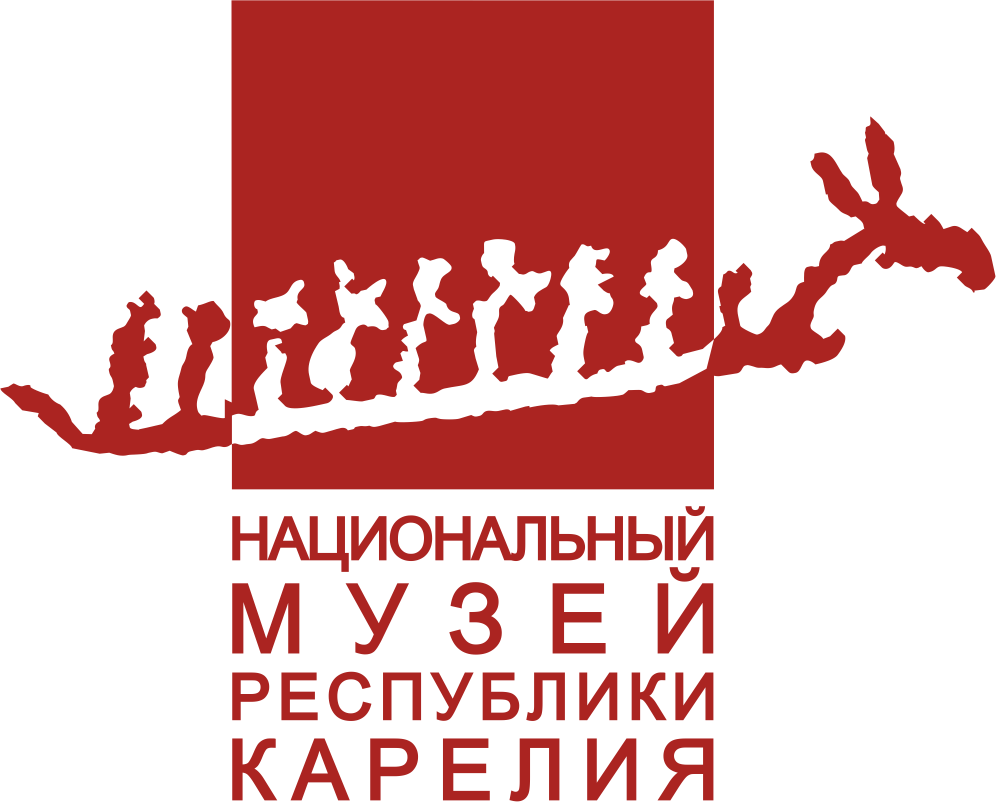 With the northern climate, primitive farming, being the basis of the traditional economic way of life of the Karelian peasantry, involved hard and constant labor. Food, clothing, house, utensils - all this was created by the man himself, supported by the family from generation to generation.
With the northern climate, primitive farming, being the basis of the traditional economic way of life of the Karelian peasantry, involved hard and constant labor. Food, clothing, house, utensils - all this was created by the man himself, supported by the family from generation to generation.
Fishing, hunting, farming and cattle breeding were the most basic and common occupations for all the inhabitants of Karelia. However, different parts of Karelia had their own peculiarities. For example, in the south, cattle breeding and agriculture were more important and developed quite successfully. In the north of Karelia, due to the harsh natural conditions, the local population tried to feed themselves and earn their living mainly through fishing and hunting.
The exposition contains the following activities: "Water trades" (river, lake, sea fishing, hunting sea animals, pearl harvesting), "Farming" (land cultivation, haymaking, harvesting), "Forest trades" (herding, hunting, gathering).
This is not enough to produce bread, flax, or sheep - you need to be able to use it, turn it into edible food and warm clothing, and save supplies.
There are audio booths installed during the exposition, allowing you to listen to the sounds of nature, the voices of birds and animals, ancient incantations and songs.
The exposition was established within the framework of the project of the National Museum of Kazakhstan, which became a winner in the IX grant project competition "Changing Museum in the changing world" in the category "Technologies of museum exposition".





